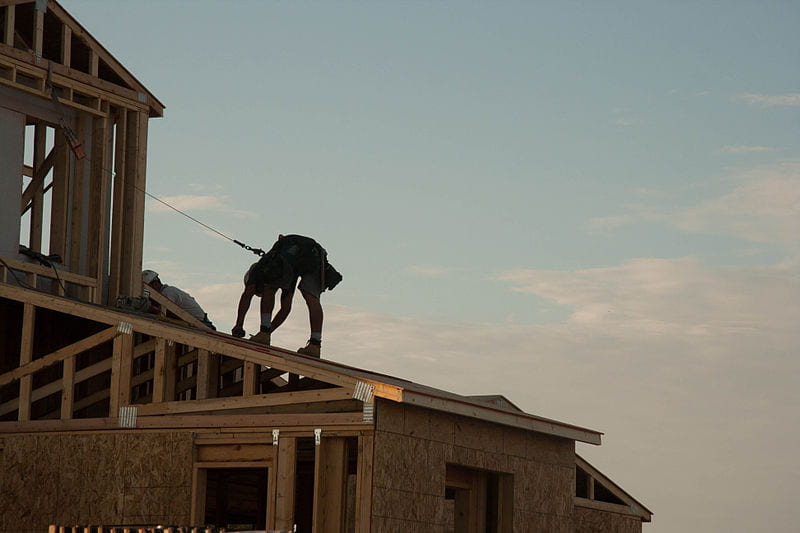Because falls in residential construction remains a serious source of morbidity and mortality despite considerable knowledge of risk factors and prevention strategies, our team is very interested in studying the causes and interventions related to this issue.

In one such study, we sought to develop and conduct pilot testing of a worksite audit to assess fall prevention safety practices on residential construction sites – the St. Louis Assessment of Fall Risks. After developing the audit instrument using surveillance data and feedback and testing it at sixteen residential construction sites, we found that the audit is reliable to measure fall safety risks and safe to administer, showing that it is a potentially useful instrument for field research.
In another study, we conducted a series of focus groups to determine factors that could influence the effectiveness of residential fall prevention training. After collecting and analyzing the groups’ responses, we found that apprentices do not apply safety principles taught in school to the actual work environment. This study demonstrated the importance of measuring more than knowledge when evaluating effectiveness of training.
We have also measured fall hazards at residential construction sites by using the St. Louis Audit of Fall Risks and carpenter interviews. After collecting responses and analyzing correlations, we found a high prevalence of fall hazards at the 197 residential sites audited, showing that safety should be improved at residential construction sites.
In addition, we have sought to identify the individual and organizational factors associated with falls from heights. After surveying apprentice carpenters on fall experience, fall-prevention knowledge, risk perceptions, confidence in ability to prevent falls, training experience, and perceptions of the safety climate and crew safety behavior, we analyzed the responses. We found that despite participation in a formal apprenticeship program, many apprentices work at heights without adequate preparation and subsequently experience falls. This showed that organizational changes in building practices, mentorship, and safety practices are necessary to decrease worker falls from heights.